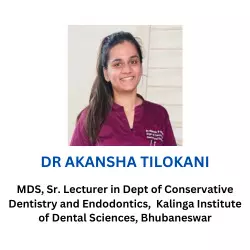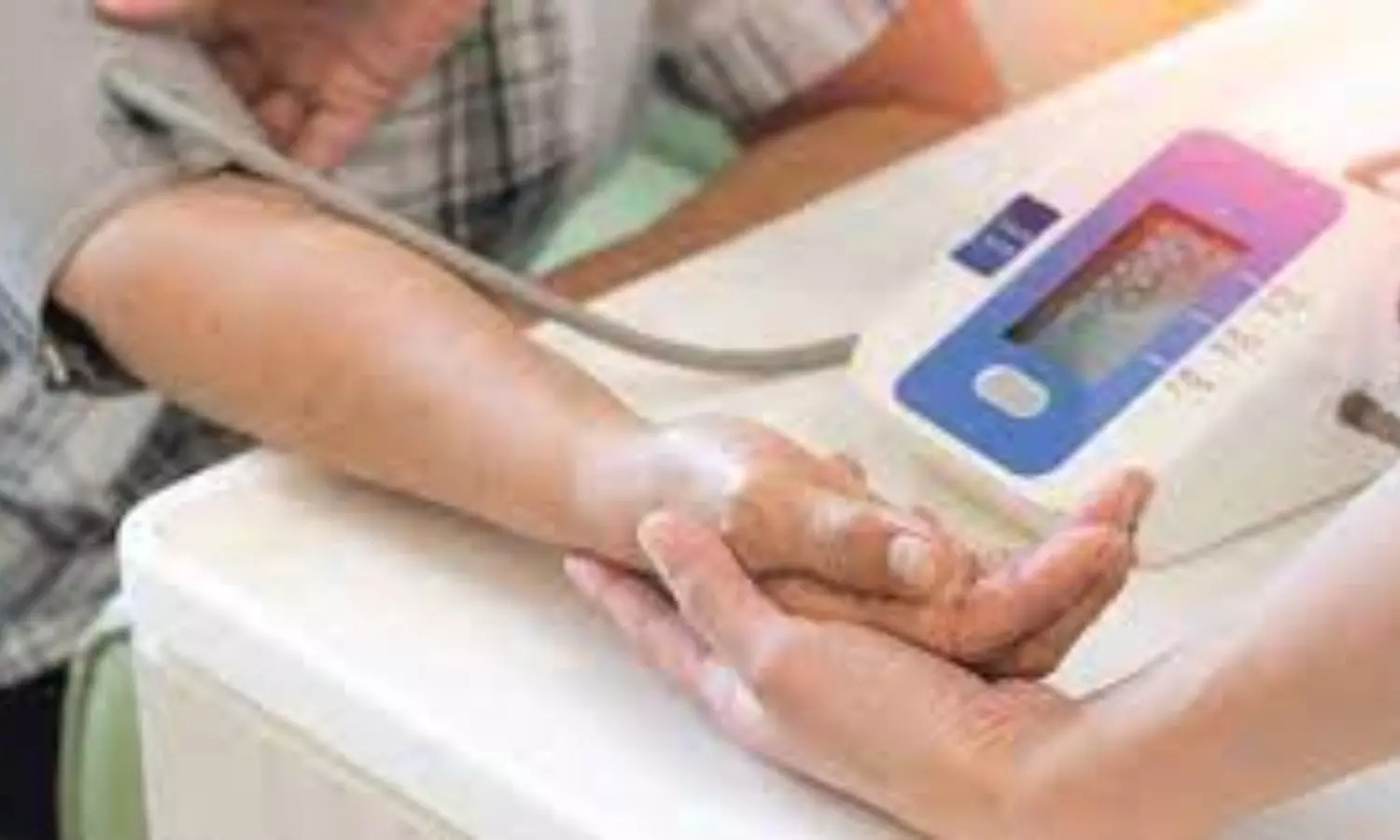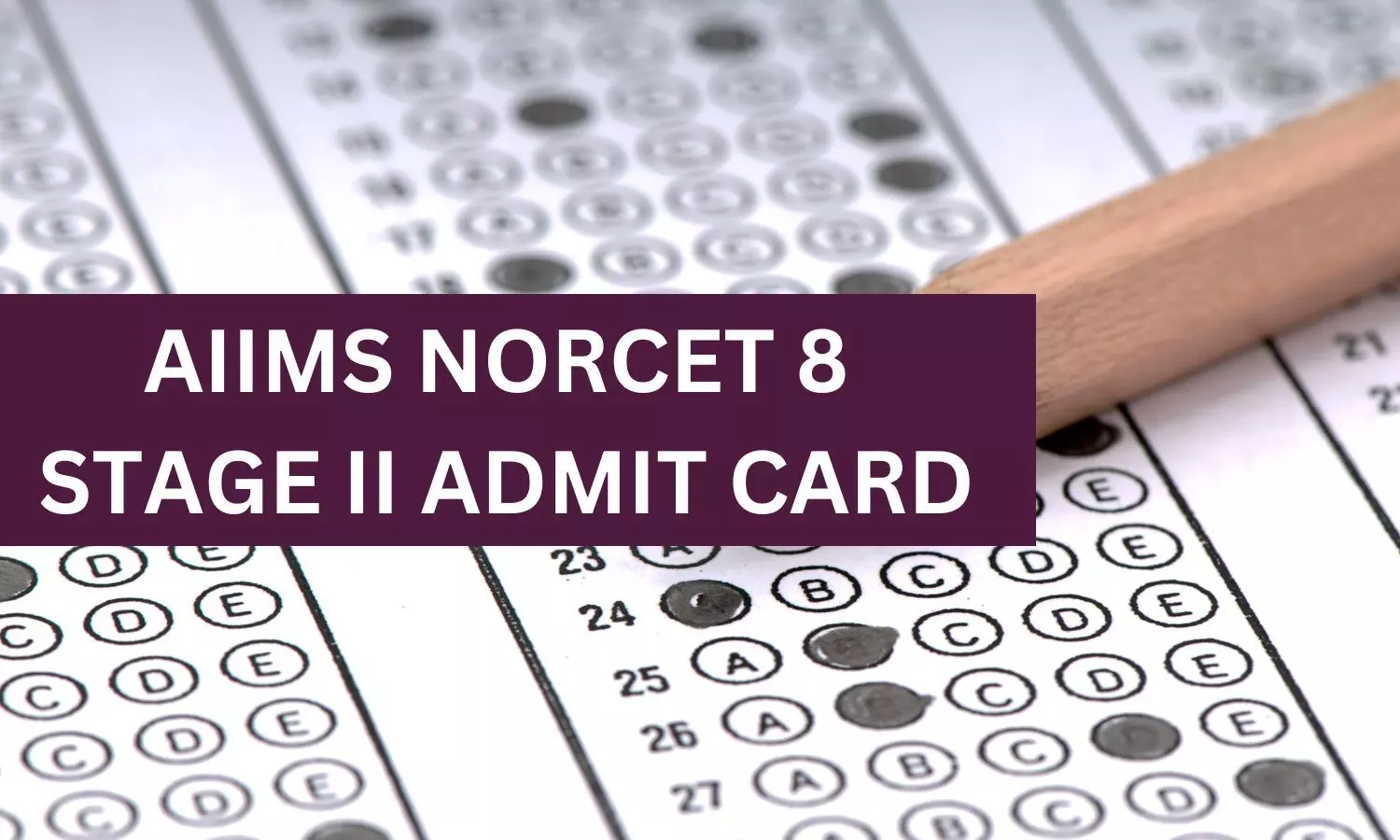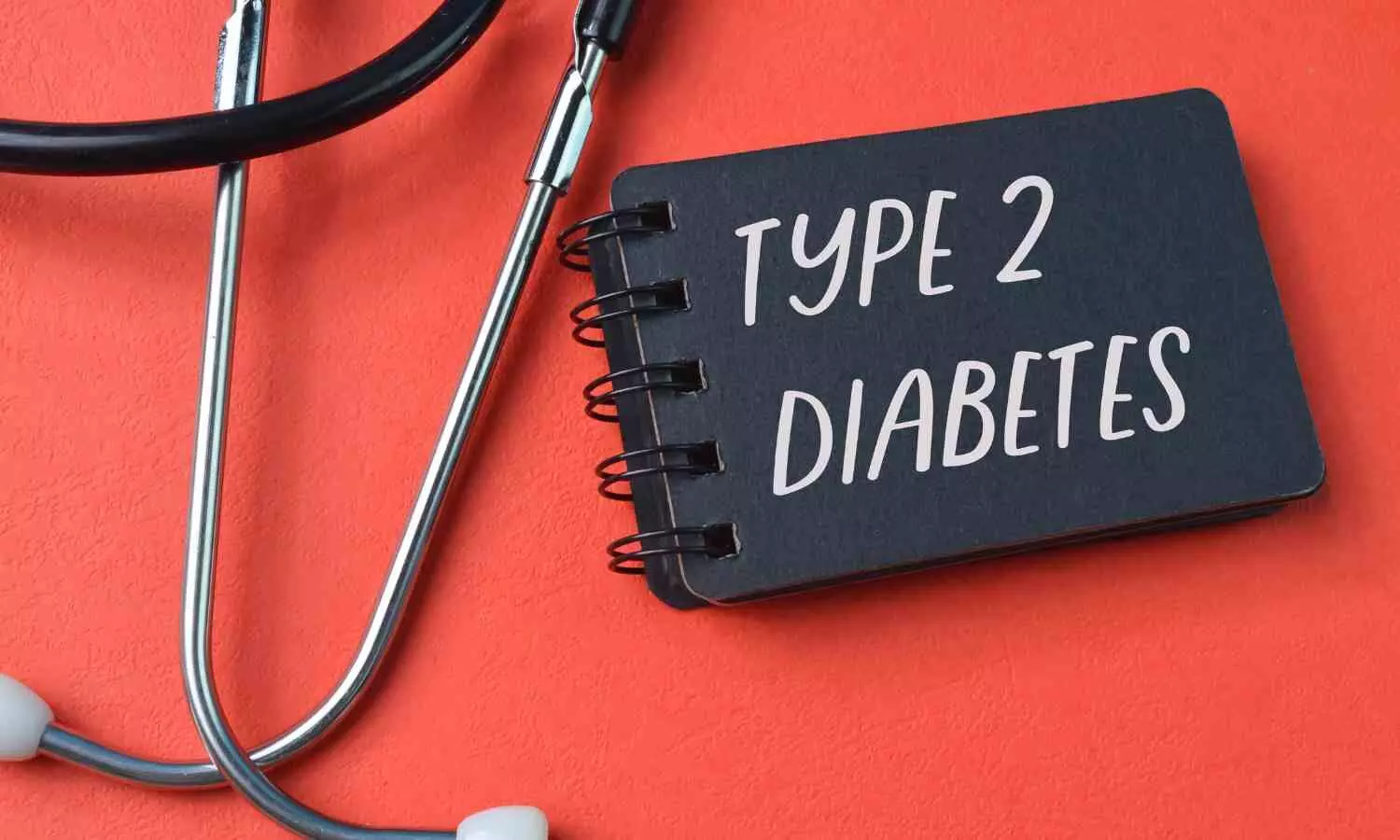Fact Check: Are Root Canals Silent Killers?

killers. The claim by the user is false.
Claim
In an Instagram
reel it is claimed that root canals are silent killers. The reel by the user
camillevegan is captioned as “Yes
they are. I’m a dentist and I have seen thousands of “failed” root canals – the
abscess/infection overtakes the root canal treated tooth. Eventually ALL root
canal treated teeth rot and fail. These teeth are the hardest to remove because
they crumble – like brown sugar – and I have to surgically cut them out.
No. I’m not trying to give any personal advice
on whether anyone should get a root canal. I simply want people to think; How
can leaving anything dead in your mouth NOT cause problems? Each tooth is an
organ w/ its own individual nerve(s). Dentistry is the ONLY profession in
medicine that leaves dead organs in the body. The ONLY.
FYI ….All root canal treated teeth will not
exhibit abscesses; localized, encapsulated infection that is evident on an
x-Ray, yet that does not mean residual/ongoing infection is not present.
As a dentist, I’m merely treating the results of
a far more endemic problem in our society – people are literally digging their
graves with their teeth. Go vegan.“
The user in the
reel says, “What happens when your dentist tells you, you know what? We need to
save your tooth or for some other reasons, sometimes even cosmetic reasons,
when you do a root canal and they drill into your tooth and they rip out the
nerve from the tooth with many of these corresponding blood vessels, then they
seal that tooth, shut, what does this do? It creates an abscess in there where
blood cannot reach. And what starts to form in there is rotting flesh,
anaerobic bacteria.
Now if you ask any
medical practitioner, any medical expert, is it okay to put rotting flesh into
your body? They’ll tell you, of course not. It’s crazy, you’re going to die.
It’s gangrene basically. Well, this is common practice in dentistry right now
on a daily level. And there’s a lot of research about”
The reel can be
accessed here.
Fact Check
The claim that root canals are a “silent
killer” is false and unsupported by scientific evidence.
Root canal treatments are a standard dental procedure used to save teeth and
eliminate infection. Root canals are safe, routine procedures—not “silent killers”—and there’s no scientific evidence linking them to systemic diseases.
What
is a root canal treatment?
Root canal treatment is a dental procedure that aims at
removing infected or inflamed pulp from within a tooth. After the pulp is
removed, the inside of the tooth is carefully cleaned, disinfected, and then
sealed. Afterwards, the tooth is restored with a crown or filling for protection and will continue to function like any other tooth. This process helps to get rid of harmful bacteria, stop further
infection, and preserve the tooth’s natural structure.
Are Root Canals Silent Killers?
Root canal treatment is safe, effective, and supported by extensive scientific evidence. There is no valid scientific evidence linking root canal therapy to systemic health problems or chronic illness. Root canal procedures are part of advanced modern dentistry, and today’s techniques make the treatment highly predictable, successful, and safe.
An article published in Clinical Oral Investigations concluded that endodontically treated teeth demonstrate high long-term survival and success rates. The study suggested that the strong long-term prognosis of these teeth supports choosing root canal treatment over extraction and implant placement for managing teeth with pulpal or periapical disease.
According to the American Association of Endodontists, root canal treatment does not cause illness or systemic disease. Claims suggesting such a link are false and based on outdated, discredited research.
A review article published in International Endodontic Journal concludes that there have been no publications to suggest that root canal treatment has any adverse systemic effects.

Dr Srishti Shrivastava, Senior Lecturer in Department of Orthodontics at People’s College of Dental Sciences, Bhopal, said that “Root canal treatments are safe and effective, and there is no credible scientific evidence linking them to any systemic diseases. The myth that they are a ‘silent killer’ comes from old, debunked studies. Modern root canals are performed with strict infection control and benefit your long-term health.’

Dr Akansha Tilokani, Senior Lecturer in Department of Conservative Dentistry and Endodontics commented, “Root canals are often misunderstood, but the facts speak for themselves: they are safe, effective, and backed by decades of research. Myths like “root canals cause cancer” or “all root canals fail” have been debunked, modern studies show a 97% success rate when properly performed and maintained. While root canal-treated teeth are no longer vital, they are thoroughly cleaned, sealed, and preserved, functioning just like natural teeth. Don’t let outdated misinformation prevent you from saving your teeth—trust science and consult experienced dental professionals.”
Medical
Dialogues Final Take
The claim that root canals are a “silent
killer” is not supported by modern science or credible dental
associations. This myth often leads to unnecessary fear and poor dental
decisions. Root canal therapy remains a safe, effective, and widely
endorsed treatment to preserve natural teeth and prevent infection.
Powered by WPeMatico









